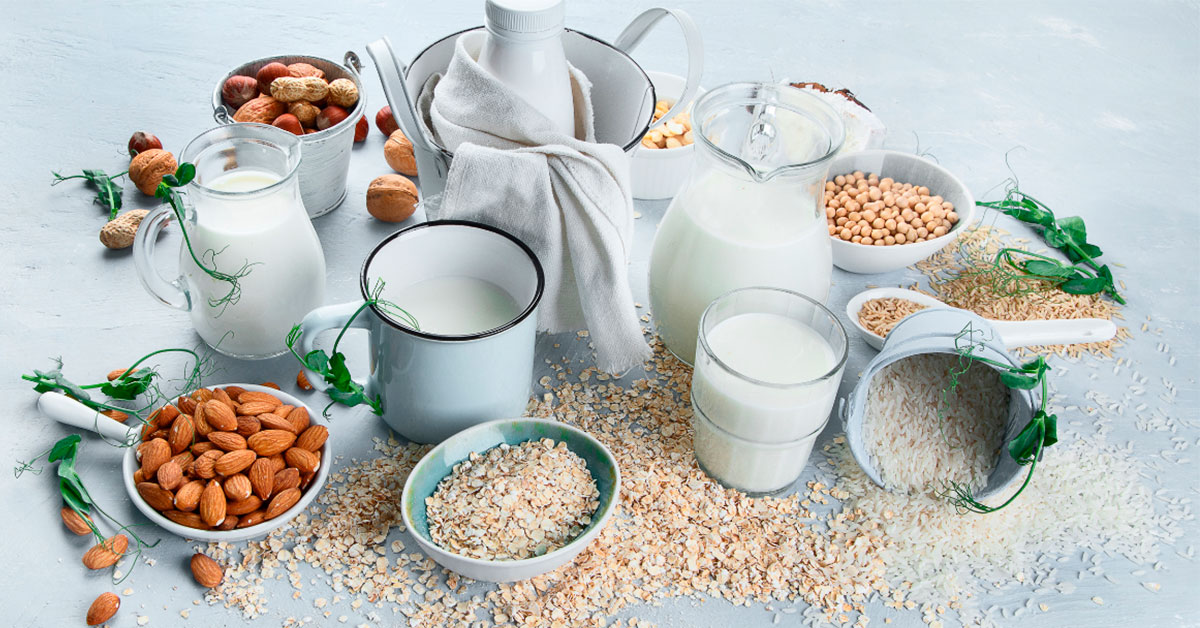According to TechSci Research report, “Smart Glasses Market – Global Industry Size, Share, Trends, Competition, Opportunities and Forecast, 2018-2028,” the Global Smart Glasses Market is expected to project an impressive growth of 9.50% through 2028 to reach USD372.24 million by 2028 on account of rapidly surging demand from the rising trend for eye wear products and growing innovations in wearable glasses. The Global Smart Glasses Market is being supported by major factors such as growing technological advancements in the smart glasses, such as glasses equipped with virtual reality and augmented reality and other features such as camera, connectivity with smartphones and other gadgets, and health tracking. These are some critical drivers, which are projected to boost the global smart glasses market in the coming years.
Browse over 162 market data figures spread through 217 Pages and an in-depth TOC on “Global Smart Glasses Market.” – https://www.techsciresearch.com/report/global-smart-glasses-market/10615.html
The Global Smart Glasses Market is segmented into product type, end user, frame shape, distribution channel, region, and company. Based on product type, the global smart glasses market can be segregated into sunglasses and eyeglasses. Among these, the sunglasses segment dominated the market in 2022 as smart sunglasses offer many advantages, including sun protection, and are fitted with cutting-edge technologies like cameras, headphones, and activity monitors, which is further accelerating market growth.
Furthermore, it is anticipated that new product launches by brands will speed up market expansion. For instance, in 2022 Noise unveiled the “i1,” the company’s first pair of smart sunglasses, which includes features like Motion Estimation, a Motion Compensation (MEMS) microphone for calling, magnetic charging, hands-free voice control, and more. Certain factors influence the growth of the smart sunglasses segment within the global smart glasses market.
In terms of end user, the global smart glasses market is divided into men and women. The men category accounts for the majority of the market share in the global smart glasses market. However, the market share of men category for the smart glasses is expected to decline due to the growing adoption of smart glasses among women as they are witnessing a significant inclination towards fashion-based technology-driven products.

Based on distribution channel, the global smart glasses market is segmented into specialty stores, online, hypermarkets and supermarkets, and others (multi-branded stores, direct sales, etc.). Out of these, the specialty stores accounted for the majority of market shares in the global smart glasses market, followed by online channel. Companies are trying to increase their focus to make their products reach specialty stores, and online channels worldwide. Urban areas remain the dominant consumption market.
In terms of regional analysis, the global smart glasses market is segmented into North America, Europe, Asia-Pacific, Middle East & Africa, and South America. Factors such as significant changes in the standard of living, increasing urbanization in developing nations, and China’s dominance for technological driven products and continuous inhouse production hub for eyewear products which are further propelling the demand for smart glasses in the global market.
Key market players in the global smart glasses market include:
- EssilorLuxottica
- Titan Company Limited
- Lenovo Group Limited
- Alphabet Inc.
- Goertek Inc.
- Bose Corporation
- Huawei Technologies Co. Ltd
- Razer Inc.
- Vuzix Corporation
- Vigo Technologies, Inc.
Many brands are introducing new, innovative, and distinctive products into the market to grab consumers’ attention and significantly boost their market shares in light of the fierce competition in the global market for smart glasses. As an illustration, Snap unveiled its new smart glasses in 2022. These glasses feature augmented reality and virtual reality.
Download Free Sample Report – https://www.techsciresearch.com/sample-report.aspx?cid=10615
Customers can also request for 10% free customization on this report.
Furthermore, the COVID-19 pandemic hindered the growth of the smart glasses sector. The market’s demand for eyeglass accessories decreased as a result of the pandemic and store closings. The scale of manufacturing in the smart glasses was impacted by the lockdown due to changes in labor and resource availability. The supply chain for smart glasses was hampered by transportation issues. Additionally, fewer employees, financial constraints, and higher service prices all contributed to the worsening of the logistics problems. Mobility issues caused supply networks to break down during the lockdown, and the significant collapse within the export facilities had a negative impact on the market for smart glasses worldwide. This affected a number of import shipments in different nations.
In order to grow their businesses, many of the brands in the global smart glasses market are forming alliances with other organizations. For instance, Facebook Inc. and EssilorLuxottica launched their smart glasses in 2021. Additionally, in 2022, Facebook purchased Luxexcel, a business that makes 3D-printed prescription lenses for smart glasses. With this acquisition, the company hopes to grow its market share in this industry. Additionally, Google acquired North in 2022 to help it expand its business in the global market for smart glasses.
“Global Smart Glasses Market is expected to grow at a robust pace during the forecast period due to surging marketing tactics, and growing awareness for the availability of the smart glasses category across the world. Furthermore, the emerging trends in the global smart glasses market are growing demand from the young generation and millennials, and are boosting the sales of smart glasses.,” said Mr. Karan Chechi, Research Director with TechSci Research, a research based global management consulting firm.
“Smart Glasses Market – Global Industry Size, Share, Trends, Opportunity and Forecast, 2018-2028 Segmented By Product Type (Sunglasses, Eyeglasses), By End User (Men, Women), By Frame Shape (Wayfarer, Rectangle, Round (Circle & Oval), Others (Aviators, Square, etc.)), By Distribution Channel (Specialty Stores, Online, Supermarkets and Hypermarkets, Others (Multi-Branded Stores, Direct Sales, etc.)), By Region, Competition”, has evaluated the future growth potential of global smart glasses market and provides statistics & information on market size, structure and future market growth. The report intends to provide cutting-edge market intelligence and help decision makers take sound investment decisions. Besides, the report also identifies and analyzes the emerging trends along with essential drivers, challenges, and opportunities in global smart glasses market.
Download Free Sample Report – https://www.techsciresearch.com/sample-report.aspx?cid=10615
Contact
Mr. Ken Mathews
708 Third Avenue,
Manhattan, NY,
New York – 10017
Tel: +1-646-360-1656
Email: sales@techsciresearch.com






